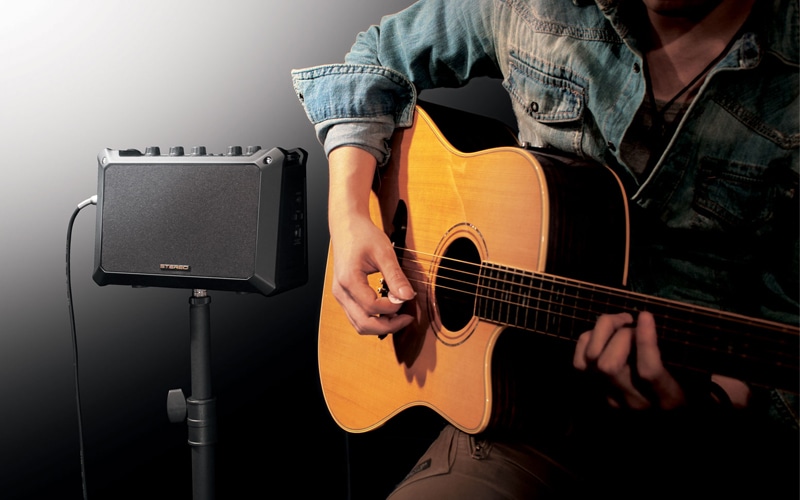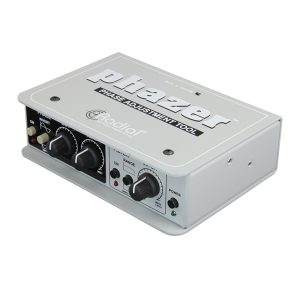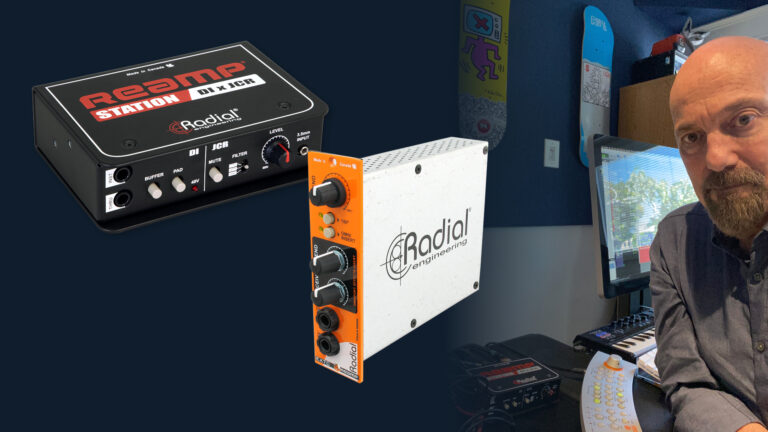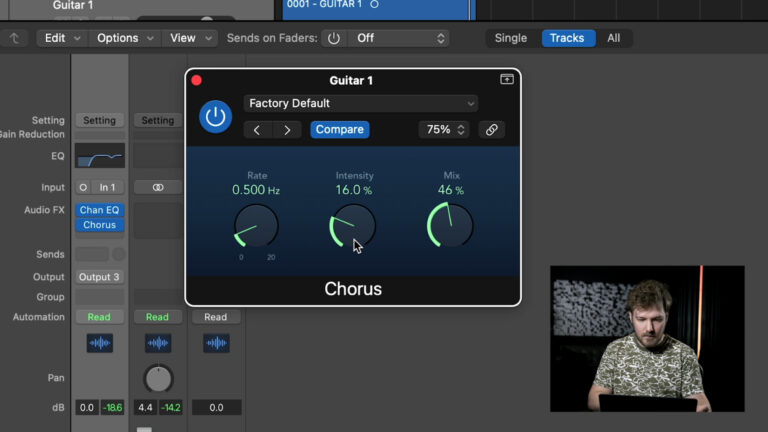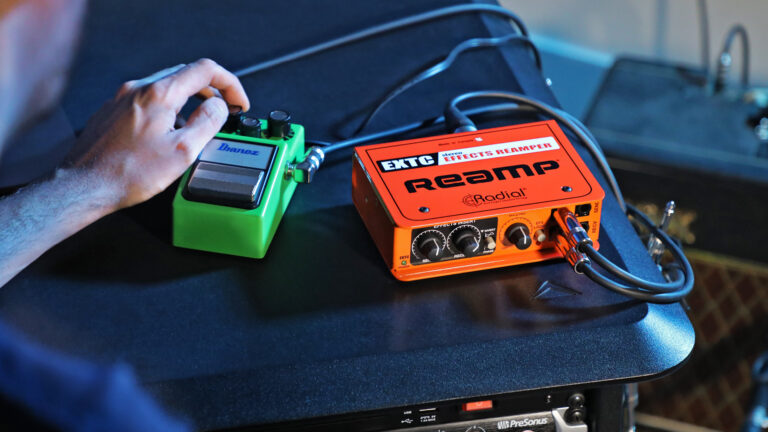This is an article originally written for Pro Sound Web.
The other day while testing one of our new products, I noticed significant resonance in the low end.
But the last time we tested the same device, it was not there. What changed? Well, it turned out that the polarity reverse switch had been turned on. As simple as this may sound, depressing the switch completely cleaned up the low-end resonance and mud.
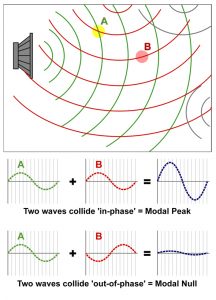
What was actually occurring was the room resonance at one of the given frequencies happened to be amplifying itself right at the listening position. When two low-frequency waves are in phase, they will combine to reinforce each other. But when they are out of phase, they will cancel each other out. This is known as a room mode.
Studios deal with this problem all the time by either shifting the listening position or by adding bass traps. The same problem often occurs on stage. Let’s say we’re amplifying an acoustic guitar. The guitar is being sent through the stage monitors and through the artist’s guitar amplifier.
Low-frequency resonant feedback is often a major problem when we try to elevate the audio level, causing the top of the instrument to vibrate and howl. When this occurs, the common cure is to try to locate the problem frequency and take it out using some form of radical EQ.
But applying severe EQ curves to the instrument not only eliminates the feedback, but also dramatically changes the tone of the instrument.
If we examine the problem more closely and apply a little “scientific good sense,” we can often reduce the feedback without mucking with the natural sound of the instrument.
Amplify Each Other
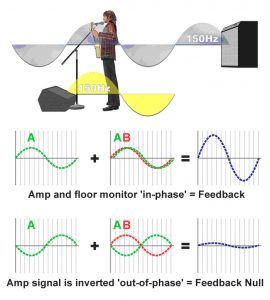
The root of the problem is often the interaction between the stage monitor and the musician’s amplifier. It has to do with frequency, wavelength and distance.
Just as in the studio, when two frequencies combine in phase, they will amplify each other. And just like in the studio, it is relative to where you’re standing.
On stage, the same phenomenon occurs when the amplifier and monitors combine. They can create a phase “boost” at a given frequency, depending on where the two sound sources combine.
By simply moving the amp, monitor or artist relative to each other, the problem will likely disappear.
Another simple solution is to reverse the polarity (relative phase) on the direct box so that the signal going to the monitors will be inverted. This can produce the same positive effect.
And if you want to take things further, try shifting the phase using a phase adjustment tool such as the Phazer™.
In all cases, you’re not messing with the EQ, but physically or electronically moving the problem out of the way.
Brain Power
As you have noticed, I mention leaving the EQ alone a few times. The human brain is much more powerful than we realize. In fact, your brain will auto-correct anything you do as you apply EQ. Increase the bass and your ear will try to attenuate it. Increase the sibilance, the same will occur.
You can prove this to yourself by simply speaking into a microphone with all settings flat. Slowly, start cutting out the mids to make your voice sound like an FM radio announcer… more… more… until you sound like a huge Elvis. Then switch the EQ out. Your voice will sound awful, nasal, middy!
Now, stop talking, move the mic away… wait 5 seconds… without the mic, start speaking. Slowly bring the mic back to your lips. Listen. You’ll be amazed. I did this last night at a jam to prove it to a guitar player. He finally stopped messing with the EQ.
All of this to say, leave the EQ alone. At least for now – use it for sweetening if you must. But if you’re going to do anything dramatic, get rid of some bass using a high-pass filter. This will help eliminate low-frequency resonance without affecting the instrument’s overall tone.
Humans are most sensitive to mid-range. This is where we communicate and differentiate tonal character. Eliminating the mids may at first sound nice, but our brains will automatically try to bring it back, as our example proves.
And when you cut mids, you will invariably increase lows and highs, and then increase the level to compensate. This will only serve to cause more feedback.

